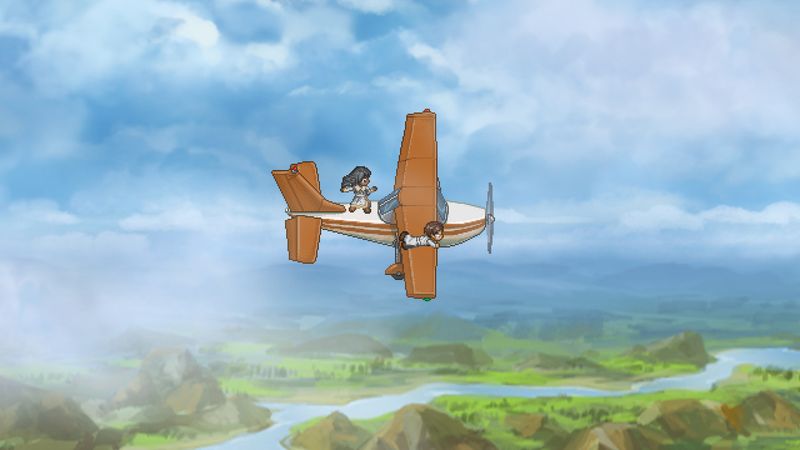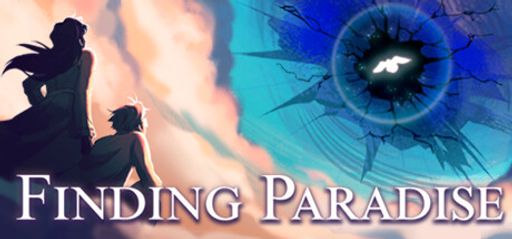I recently completed a run of Finding Paradise by Freebird Games. This story-driven experience offers deep narrative and innovative gameplay. As a dedicated speedrunner, I seek games that balance engaging storytelling with mechanics I can optimize. Finding Paradise delivers on both fronts, even if not every element reaches the heights of its predecessor, To the Moon.
Overall Impressions
Finding Paradise grabs your attention from the start with its intricate narrative. It invites you to explore the fractured memories of a dying man alongside two determined doctors. The unfolding events are engaging and, at times, surprising. The game builds on the emotional foundations of To the Moon while introducing new mechanics and subtle humor. These elements provide a fresh twist. However, the early sections feel overshadowed by the iconic legacy of the first game. Despite these drawbacks, the overall presentation remains positive. For a speedrunner like me, the game’s design offers layers to explore and optimize, from narrative pacing to puzzle timing and decision-making.
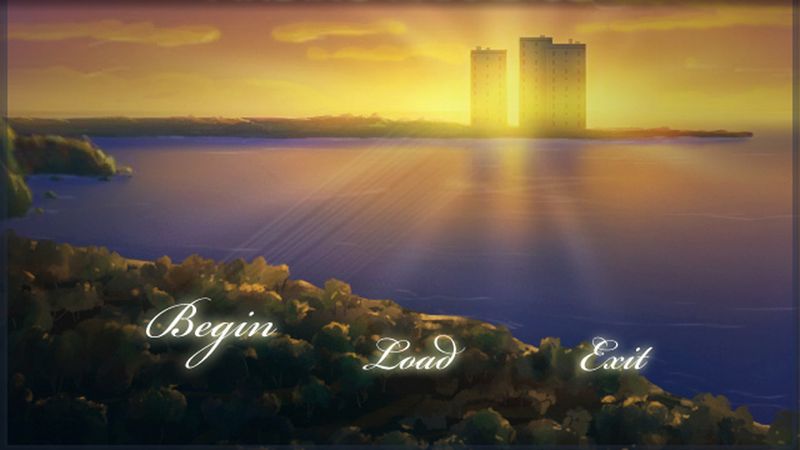
Gameplay Mechanics
The gameplay in Finding Paradise seems simple at first glance. You move through memories in a non-linear order, making speedrunning an exciting challenge. Each part of the game is carefully designed to encourage exploration and reward quick play. I like how the pacing lets you study the game step by step. Timing is key, as even small delays can affect your run time. Some players mentioned that an alternate version made the gameplay smoother. Experimenting with different versions led me to some neat speedrunning shortcuts. For example, watching for environmental cues allowed me to go back or skip dialogue-heavy parts without losing important story details. The experience is smooth overall, with only a few moments where story changes feel less set for fast progress.
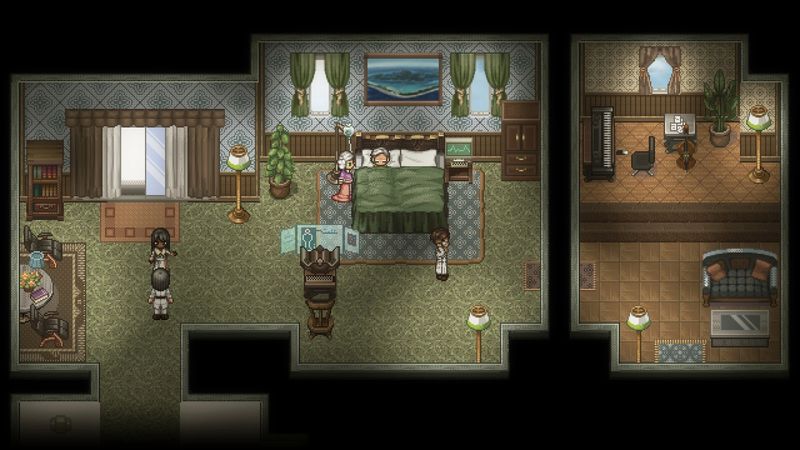
Story and Characters
Storytelling is a core part of Finding Paradise. The narrative focuses on exploring memories—a journey that hits home when done well. I was impressed by the deep character development, especially with Colin, Faye, and later Sofia. These characters are more than just parts of the story; they show different aspects of memory, regret, and making peace.
One review pointed out the game’s power to bring out a full range of emotions. I agree—the mix of Colin’s regrets and the caring presence of Faye and Sofia is unforgettable. Every interaction is full of meaning, and the mood shifts as the story moves forward. Their emotional arcs are beautifully shown.
As a speedrunner, I also liked that the emotional depth did not slow down my quest for speed. Instead, it offered chances for careful planning, where each conversation or memory segment allowed small timing tweaks. Even though the game may not always beat the emotional weight of To the Moon, it has its own charm and builds on its predecessor’s base.
Visuals and Graphics
Finding Paradise keeps a unique art style that sets a thoughtful mood. The art is simple yet very moving. The backgrounds change subtly as the story moves into different memory worlds, creating a feel of both hope and sadness. I found that the visual clues not only tell the story but also help guide my speed through the levels. In many scenes, the lighting and color work together with the story to bring out emotions. Although the graphics are not very realistic, they perfectly match the game’s theme. The simple visuals also help speedrunning by making it easy to spot key areas quickly.
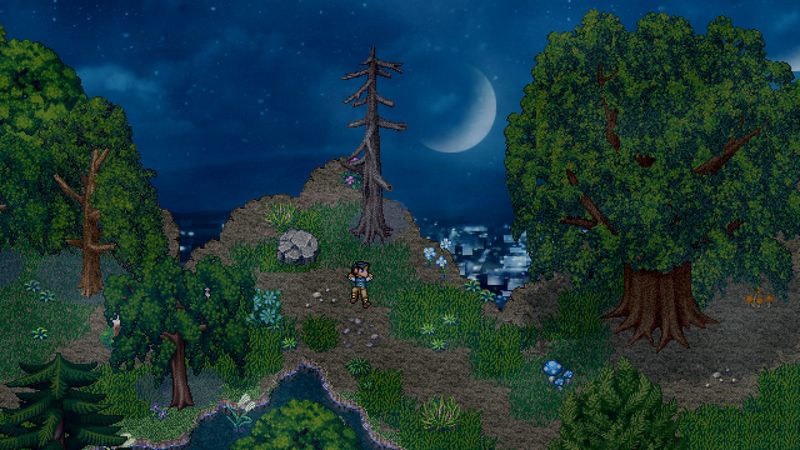
Sound and Music
The soundtrack in Finding Paradise deserves special mention. The music is as integral to the experience as the narrative itself. Composed with care, the melodies mirror the emotional landscape of the game. Each track seamlessly adjusts to the scene, whether it enhances the tension of an optimal speedrun or the reflective mood during dialogue. I noted that several players pointed out the soundtrack as “top-notch,” and I wholeheartedly agree. The sound effects, from ambient noises to the subtle cues in each memory segment, further enrich the visualization and gameplay. In a game where time matters, these subtle audio cues have occasionally helped me pinpoint transitions and anticipate events—an unexpected boon to my speedrun strategies.
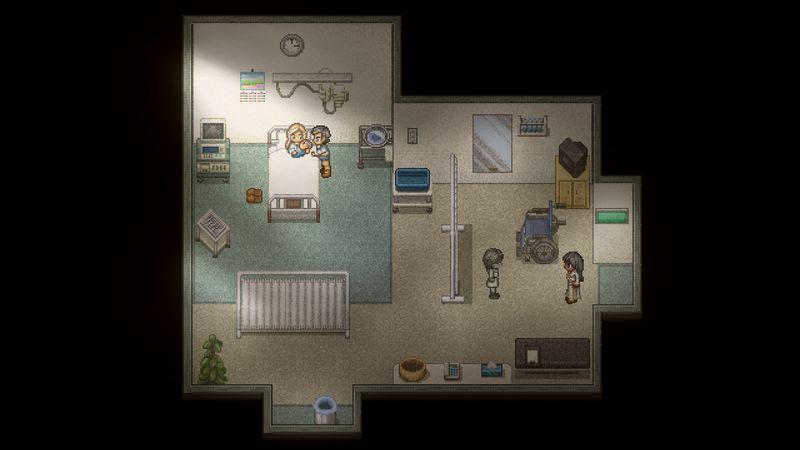
Difficulty and Replayability
Finding Paradise strikes a thoughtful balance between emotional storytelling and challenging gameplay elements. The puzzles and memory traversals are intricately designed, and while they may not be traditionally “hard,” they require careful attention to detail. As someone devoted to optimizing completion times, I found replaying certain segments beneficial for learning the layout of memory maps and understanding the exact timing required for smooth transitions. Although repeated playthroughs may reveal the game’s pacing flaws or timing issues in narrative-heavy sections, these opportunities only serve as a challenge to overcome. The game’s difficulty is not rooted in unpredictability but in its demand for sustained focus. This design naturally leads to high replayability, especially for the speedrunning community. I have already begun testing various routes to shave off precious seconds, and each run deepens my appreciation for the game’s structure.
Additional Observations
Behind the scenes, Freebird Games has once again demonstrated its commitment to crafting emotionally impactful narratives. Their approach often involves delving into the human condition through memory and regret. An interesting tidbit I uncovered is that the developers often engage with the speedrunning community on social media, sharing insights and even hidden techniques that can benefit those trying to optimize their runs. This openness is a testament to their respect for both storytelling and community engagement. Such behind-the-scenes engagements also offer speedrunners valuable insights into aspects of the game that might otherwise remain opaque.
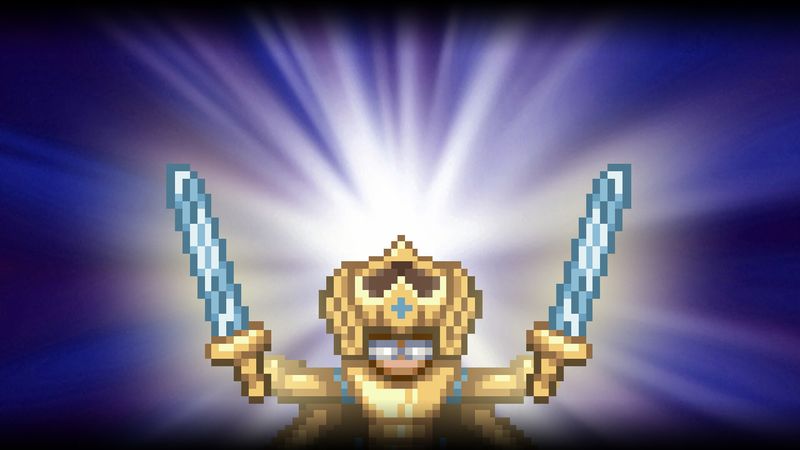
Concluding Thoughts
Finding Paradise is a game that demands both heartfelt reflection and precise execution. As a speedrunner, I appreciate its delicate balance between immersive narrative and gameplay mechanics that reward efficiency. The game is a rich tapestry of emotional depth, artistic visuals, and meticulously prepared soundscapes. It may not completely eclipse the emotional resonance of To the Moon, but it certainly expands on its predecessor’s legacy in meaningful ways.
The journey through a dying man’s memories might seem niche, yet it is highly rewarding for those willing to invest time and strategy. Whether you are primarily a story-driven player or a speedrunner seeking optimization challenges, Finding Paradise offers layers of engagement that will keep you coming back. In sum, I award Finding Paradise 4 out of 5 stars. It remains a beautifully crafted piece of interactive art that deserves multiple playthroughs—both for its narrative and for the pursuit of perfecting your speedrun.
